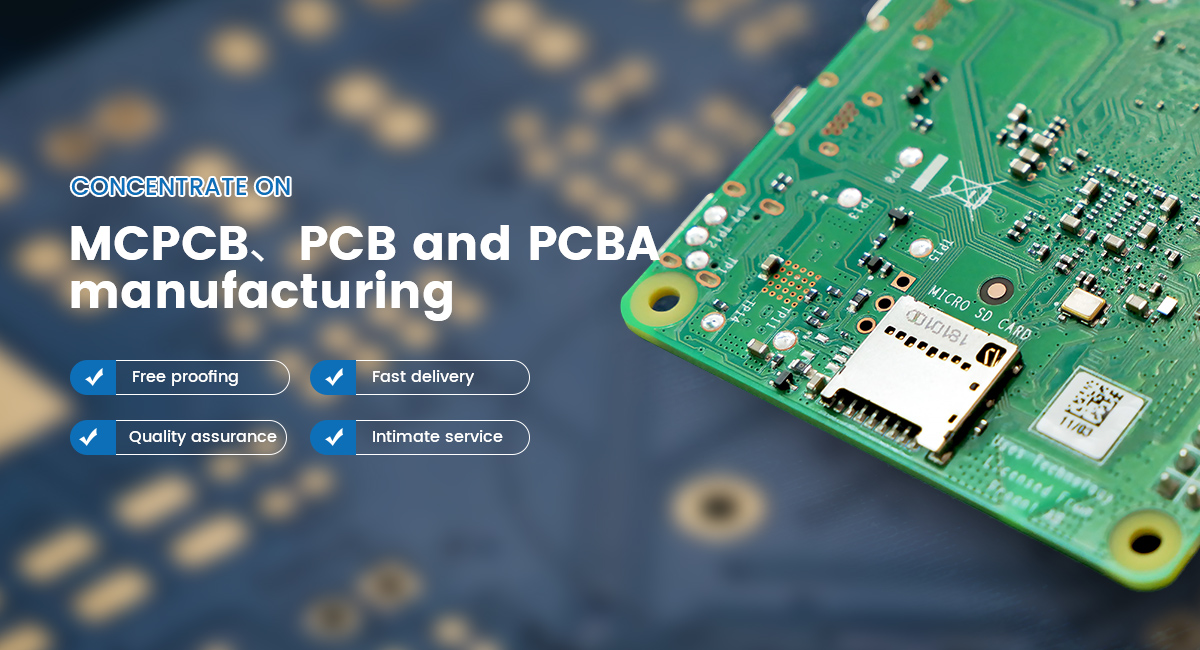Time:2022-07-12 Visit:
At present, according to Shenlian Circuit PCB Factory, the national policy supports the production and development of intelligent driving vehicles, and fuel vehicles are gradually being replaced by new energy vehicles. Therefore, the future market for new energy vehicles is very large, and the demand for circuit boards is also increasing. Below, the PCB factory will analyze the wide application of ceramic substrates in the field of automotive new energy for you.
1. The demand for ceramic substrates for heat dissipation of new energy vehicles has increased.
A large number of high-voltage and high-power devices included in new energy vehicles, such as IGBTs and MOSFETs, have high requirements for heat dissipation; because the ceramic substrate has a good heat dissipation effect, it can dissipate the high heat in the power system in time, ensuring that all major The normal operation of the power load further increases the amount of PCBs used in new energy vehicles. On each new energy vehicle, the total PCB board required for the above-mentioned equipment alone reaches about 0.8 square meters.

2. The ceramic substrate has strong anti-seismic and wear-resistant ability
Anti-vibration and wear-resistant PCBs are also required in the drive modules of new energy vehicles, and ceramic materials have excellent mechanical properties such as wear-resistance and anti-vibration, which can ensure their long service life. The data shows that the market space of ADAS (driving safety assistance) module of new energy vehicles in 2018 is about 9.59 billion yuan. With the double increase of the overall production capacity of new energy vehicles and the penetration rate of ADAS, it is expected to increase to 35.11 billion in 2020, ushering in a triple increase. By 2025, with the gradual implementation of the national mid- and long-term development plan for the automobile industry, a market worth 100 billion will be opened.